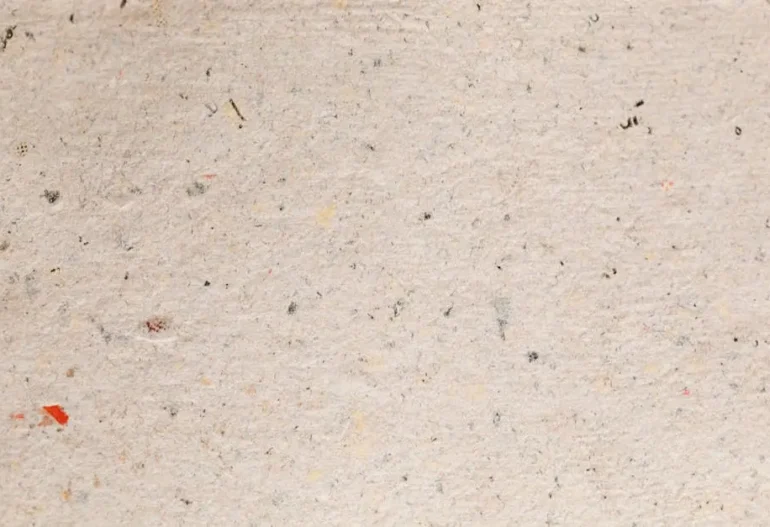Gathering Recycled Paper
Recycled paper bags begin their journey by gathering used paper from various sources. This includes newspapers, magazines, cardboard boxes, and even old printed documents. The collection process aims to gather a diverse range of paper materials for recycling.
One of the key elements in making recycled paper bags is ensuring that the gathered paper is free from contaminants like food residue, plastics, or metals. Cleaning and sorting are essential steps to prepare the paper for the recycling process. This meticulous sorting stage helps in producing high-quality recycled paper.
The gathered paper is then sorted based on paper type, quality, and color. Different types of paper have varying characteristics that make them suitable for specific types of recycled paper products. This sorting process ensures that the recycled paper bags maintain a consistent and desirable quality.
After the collection and sorting process, the recycled paper is shredded into small pieces. This shredding stage increases the surface area of the paper, making it easier to dissolve during the pulping process. The shredded paper is then ready for the next crucial step in creating recycled paper bags.
Before the paper can be transformed into new paper bags, it undergoes a pulping process. Pulping involves mixing the shredded paper with water to create a pulp mixture. This mixture is then heated and agitated to break down the paper fibers, forming a homogenous pulp that will be used to create the recycled paper bags.
During the pulping process, chemicals may be added to the pulp mixture to enhance its properties. These chemicals help in improving the strength, color, and texture of the recycled paper, ensuring that the final paper bags are durable and visually appealing. The pulping stage is crucial in shaping the characteristics of the recycled paper bags.
Once the pulp mixture is ready, it is fed into a machine that spreads it evenly to form new paper sheets. These sheets will serve as the base material for creating the recycled paper bags. The machine ensures that the pulp is distributed uniformly, leading to consistent and quality paper sheets.
After the paper sheets are formed, they go through a pressing and drying process to remove excess water and solidify the paper. This step helps in strengthening the paper sheets, making them suitable for converting into sturdy and reliable recycled paper bags. The pressing and drying stage is essential for ensuring the integrity of the paper bags.
Sorting and Cleaning
Sorting and cleaning the shredded paper is a meticulous process that ensures the quality of the recycled paper bags. Any remaining contaminants or impurities are removed to prevent affecting the final product’s integrity. This thorough cleaning stage is crucial for producing eco-friendly paper bags.
The sorted and cleaned paper fibers are then mixed with water to create a slurry that will be used to make the paper bags. This slurry contains the essential components needed to form durable and sustainable paper products. The mixing process is carefully monitored to achieve the desired consistency and quality.
To enhance the strength and durability of the paper bags, additional fibers or materials may be added to the slurry. By incorporating different fibers, such as recycled cardboard or plant-based materials, the paper bags can be customized to meet specific requirements. This customization process adds versatility to the recycled paper bags.
Once the slurry mixture is prepared, it is poured into molds that determine the shape and size of the paper bags. The molds are designed to create various bag designs, from simple to intricate shapes. This molding process is crucial for giving the recycled paper bags their final form and structure.
After the slurry is poured into the molds, it undergoes a pressing step to remove excess water and compact the fibers together. This pressing process helps in bonding the fibers, creating a strong and cohesive paper bag structure. The pressed paper bags are then dried to solidify their shape and ensure durability.
Final quality checks are conducted to inspect the recycled paper bags for any defects or inconsistencies. Any imperfections found during this stage are rectified to maintain the high quality of the paper bags. These stringent quality control measures ensure that the recycled paper bags meet industry standards and customer expectations.
Once the paper bags pass the quality checks, they are ready for distribution and use. These eco-friendly bags are not only sustainable but also versatile in their applications. From grocery shopping to gift packaging, recycled paper bags play a vital role in reducing environmental impact and promoting eco-conscious practices.
Pulping the Paper
To create recycled paper bags, pulping is a key process that transforms the shredded paper into a pulp mixture. This pulping stage breaks down the paper fibers and blends them with water to create a workable material for making paper products. Pulping is a fundamental step in the recycling process.
The pulping process involves subjecting the shredded paper to mechanical and chemical treatments to disintegrate the fibers. These treatments help in separating the fibers from contaminants and creating a uniform pulp consistency. The quality of the pulp directly impacts the final texture and strength of the recycled paper bags.
During pulping, the paper fibers are softened and broken down into a slushy mixture. This mixture is then refined to remove any remaining impurities and achieve a smooth pulp texture. The refining stage plays a crucial role in ensuring that the recycled paper bags have a smooth and consistent surface for printing or labeling.
Once the pulp is refined, it is ready to be formed into paper sheets for further processing. These sheets serve as the foundation for creating the recycled paper bags and undergo additional treatments to enhance their properties. The pulping stage sets the groundwork for producing sustainable and eco-friendly paper products.
Chemicals used in the pulping process are carefully chosen to minimize environmental impact and ensure the safety of the recycled paper bags. By using eco-friendly additives and processes, the pulping stage contributes to the overall sustainability of the paper recycling industry. This conscious approach aligns with eco-friendly practices.
The pulping stage not only transforms recycled paper into a usable material but also plays a critical role in reducing waste and conserving resources. By repurposing used paper into new paper bags, the pulping process contributes to a circular economy where materials are recycled and reused, minimizing environmental harm.
The efficiency and precision of the pulping process determine the quality and longevity of the recycled paper bags. Proper pulping techniques ensure that the paper fibers are adequately processed to create durable and versatile paper products. This emphasis on quality pulp production is essential for sustainable paper bag manufacturing.
Forming New Paper Bags
Creating new paper bags from recycled materials involves a series of intricate steps that culminate in sustainable packaging solutions. By utilizing recycled paper fibers, manufacturers can produce eco-friendly bags that reduce the environmental impact of traditional packaging materials.
The process of forming new paper bags begins with molding the paper pulp into the desired bag shape. Custom molds are used to create various bag sizes and styles, catering to different packaging needs. This molding step sets the foundation for crafting unique and functional paper bags.
After molding, the paper bags undergo a drying process to remove moisture and solidify the paper structure. This drying stage is essential for ensuring that the bags maintain their shape and integrity. Proper drying techniques help in preventing deformation and maintaining the quality of the recycled paper bags.
Once dried, the paper bags are inspected for any imperfections or inconsistencies. Quality control checks ensure that the bags meet industry standards and customer expectations. Any defects identified during the inspection process are addressed to guarantee the quality and reliability of the recycled paper bags.
The final step in forming new paper bags involves adding finishing touches, such as handles or embellishments, to enhance the bags’ functionality and aesthetics. These additions contribute to the usability and attractiveness of the recycled paper bags, making them suitable for various purposes ranging from retail packaging to event giveaways.
With the formation of new paper bags complete, the sustainable packaging solutions are ready to be distributed and used. These eco-friendly bags not only offer a green alternative to traditional plastic bags but also promote environmentally conscious practices. Choosing recycled paper bags contributes to a cleaner and greener future for packaging.





